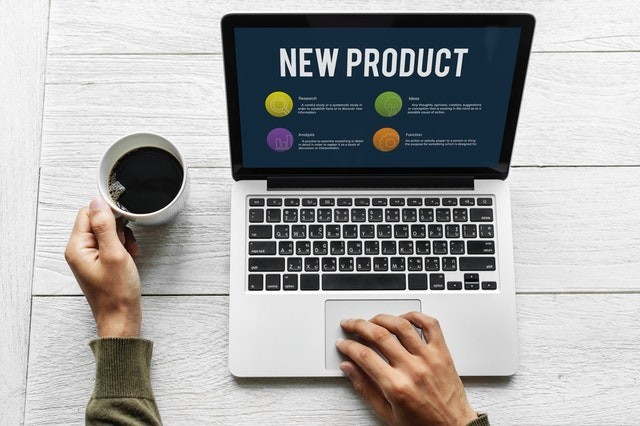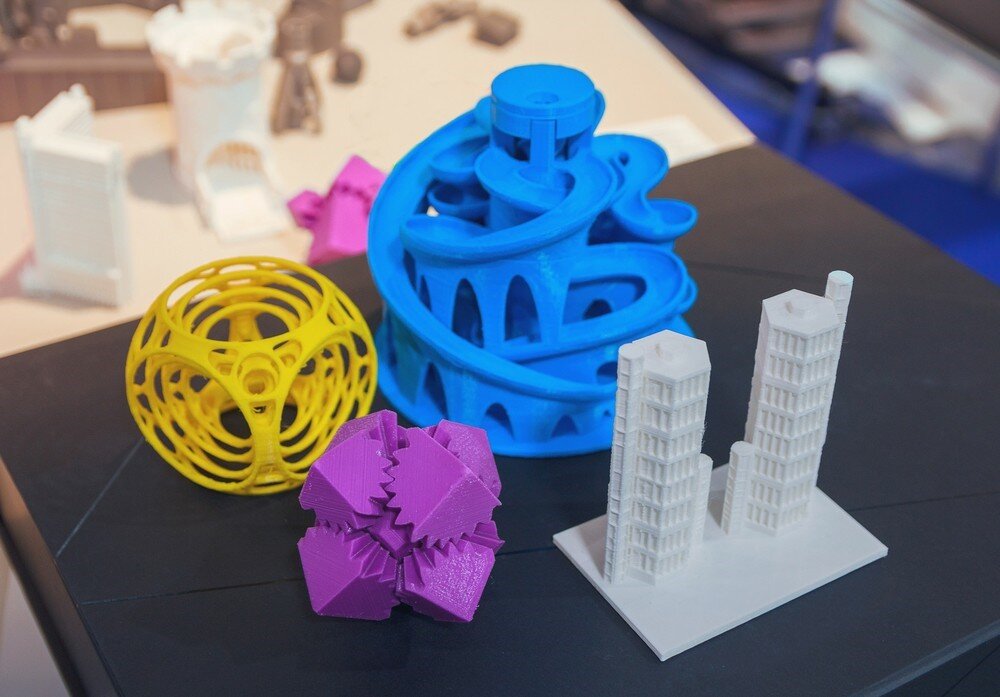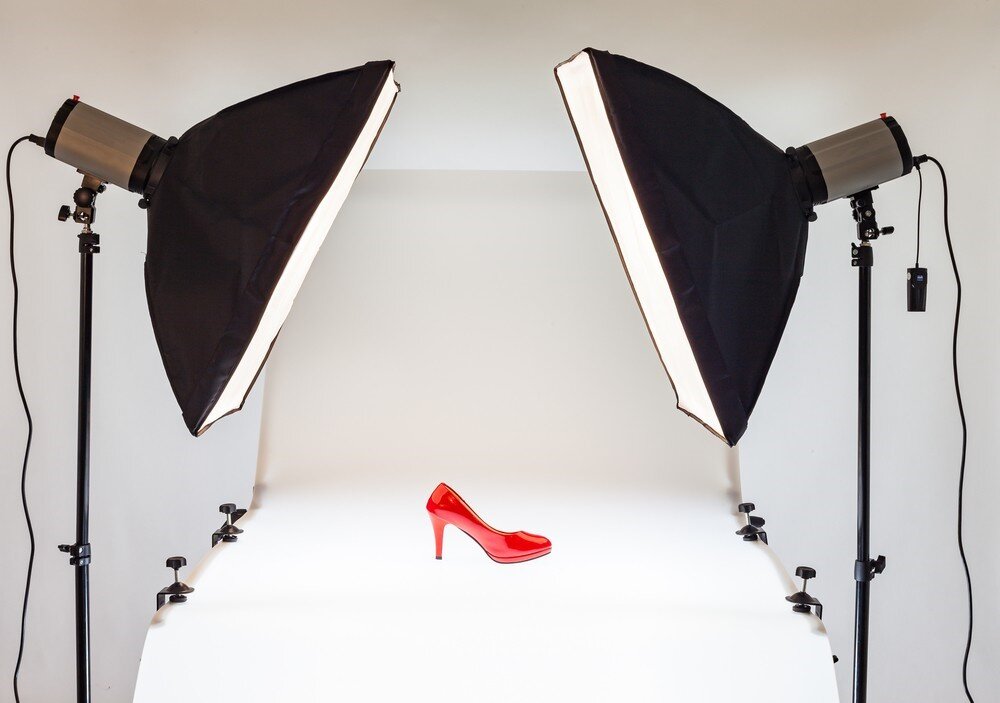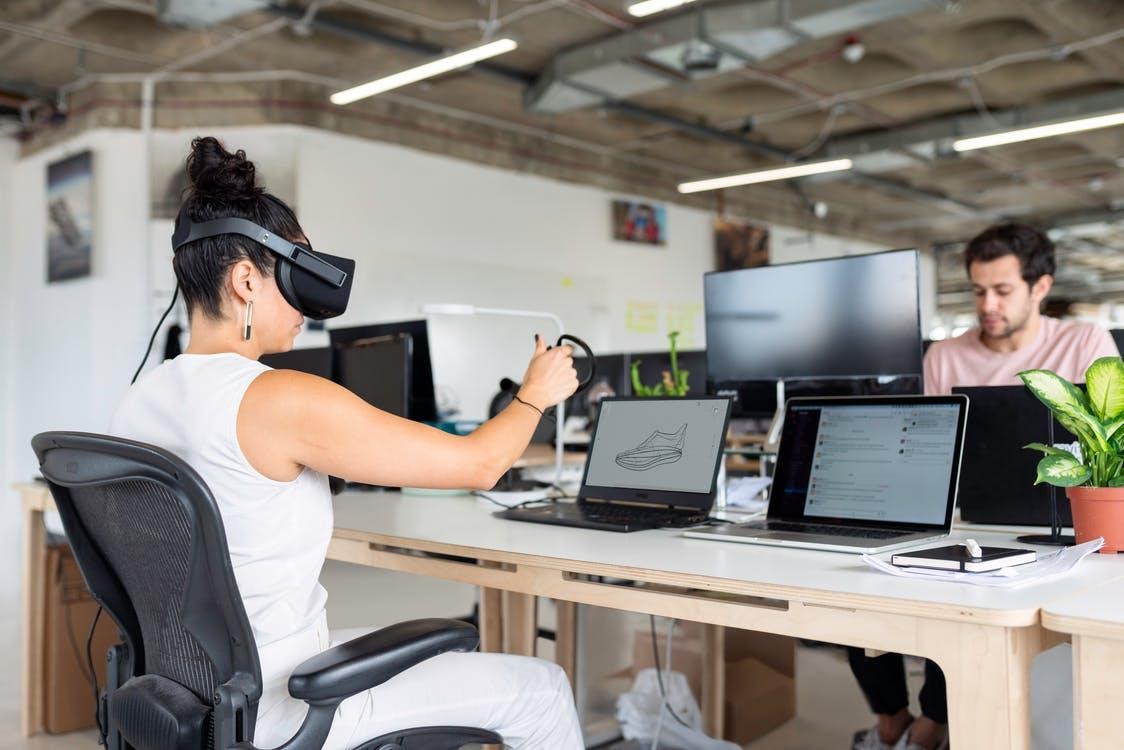
The idea of having your own business is really fascinating. Selling your ideas in the form of a product and gaining financial freedom itself sounds rewarding. But here’s the catch: Only a few actually make it happen.
Why?
The simple answer is those successful entrepreneurs are passionate about their ideas, have a clear vision, and most importantly, use a practical approach. They don’t just come up with ideas but act on them as soon as possible.
Turning your own idea into a product that satisfies everyone’s needs is a rather complex and time-consuming process. But if you are genuinely passionate about your business idea and are willing to act on it, we can simplify the process for you.
Excited? Just read the following simple steps and transform your brilliant idea into a robust product.
Getting Started

A thorough and planned research lays the foundation of a solid product. Your research can save you a fortune and precious time throughout your product development process.
For starters, you should first pay close attention to your respective industry, products available in the market, their functions, current product design trends, and most importantly what your customers don’t have but desperately need.
Once you have sufficient information, mold your product ideas around it. The most important thing to remember is your product must solve your customer’s problems like no other product in the market.
Although the product industry is quite saturated, new customer problems will always emerge that cannot be solved by current products. For instance, customers might need multiple features in a product or an exclusively tailor-made product based on their requirements.
The biggest problem for new entrepreneurs is their inability to identify the problems of customers. The best way to find that out is by reading consumer complaints in your industry. They can be anything from a product’s shape to its color, functionality, durability, etc.
Take note of these common issues and create a product that fulfills your customer’s expectations.
Once you’ve brainstormed your product idea with thorough research, your next job is to model your idea into a mockup.
Creating a Prototype

Great! Now that you have a clear idea about your product and its functions, your job won’t be complete until you create a prototype of it and show it to your stakeholders.
Creating a visual prototype is crucial for two reasons: 1) It gives you a 3D visual representation of your product and 2) It makes a good impression on your potential investors hinting that you are serious about your idea.
The beauty of prototyping is that the possibilities are endless when it comes to creating one. You can create a replica of your product with virtually any material be it paper, wood, plastic, metal, etc.
Start with a rough sketch of your product.
It doesn’t have to be perfect, you can start with a basic idea of how your product will look in different dimensions. Then, you have to create a 3D replica of your product.
Keep in mind that most of your time will go in refining your prototype, choosing the right materials, and finding alternatives to cut the cost.
However, if you don’t have any budget constraints and are willing to try something new, we can help you learn how to build a prototype of an invention using digital tools.
Today, prototyping has become more simple than ever thanks to technology. With CAD you can create a 3D replica of your product on a virtual platform. You can even adjust the size and dimensions as per your needs.
3D printing has taken prototyping to a whole new level with rapid prototyping, a process that allows you to create multiple feature replicas that further add finesse to your product.
You can use any of the above prototyping approaches to redesign your product until you’re satisfied with the final product.
Sometimes a final prototype can become the product itself, especially in the case of accessories, pieces of jewelry, and even machines made using CNC Prototyping.
Speaking of end results, let’s move on to the next step.
Creating the Finalized Product

The time you’ve spent in prototyping is compensated in final product designing.
You have a product replica ready and also have the raw materials to create your product. All these efforts reduce the time taken in manufacturing your product.
Before you get started, make sure you clarify and understand your local rules and regulations regarding manufacturing norms.
First, size up your competitors to set your pricing policy. You should then decide whether you want to earn profits from selling cheap products in high volume or by selling high-quality products in limited numbers.
When testing your product, start by giving away your product as a free sample. Note down the response of customers and criticism to further improve your product.
Don’t feel shy to take the opinions of experts in your field. Keep yourself and your product updated with the latest trends in your industry.
We would also highly recommend patenting your product to avoid any infringement. As appealing for a patent is a lengthy procedure, we’d recommend getting provisional patents to keep your idea secured.
Take your time analyzing your products’ performance in the limited market. Once you get the expected results by tweaking your product, you can then launch your product in the open market.
Nowadays, you can also use digital platforms like Kickstarter to crowdfund your products. Not only it comes in handy for new businesses, but you also get honest opinions from your target customers without releasing your product.
Keep resolving emerging issues and update your product for the final release.
Final Thoughts
We at Imaginationeering believe that everyone has a right to achieve their dreams when it comes to creating revolutionary products, and we admire those that make them come true.
Transforming your ideas into a tangible product is an exhausting yet thrilling experience, as your experience grows along with your product.
Make sure you follow these tips to successfully turn your invention ideas into a desirable product.
If you want some professional insights on turning your product ideas into results or want to streamline your product design process, we can always give you a hand.
We are a reputed product prototyping company that covers all the important aspects of product design. We offer thorough expertise in different forms of prototyping such as 3D printing, virtual modeling, CNC prototyping, and much more. Best of all, we are amongst the best invention help companies in Houston, Texas.
Interested? Take a look at our plethora of prototyping services to see what we can help you with.






